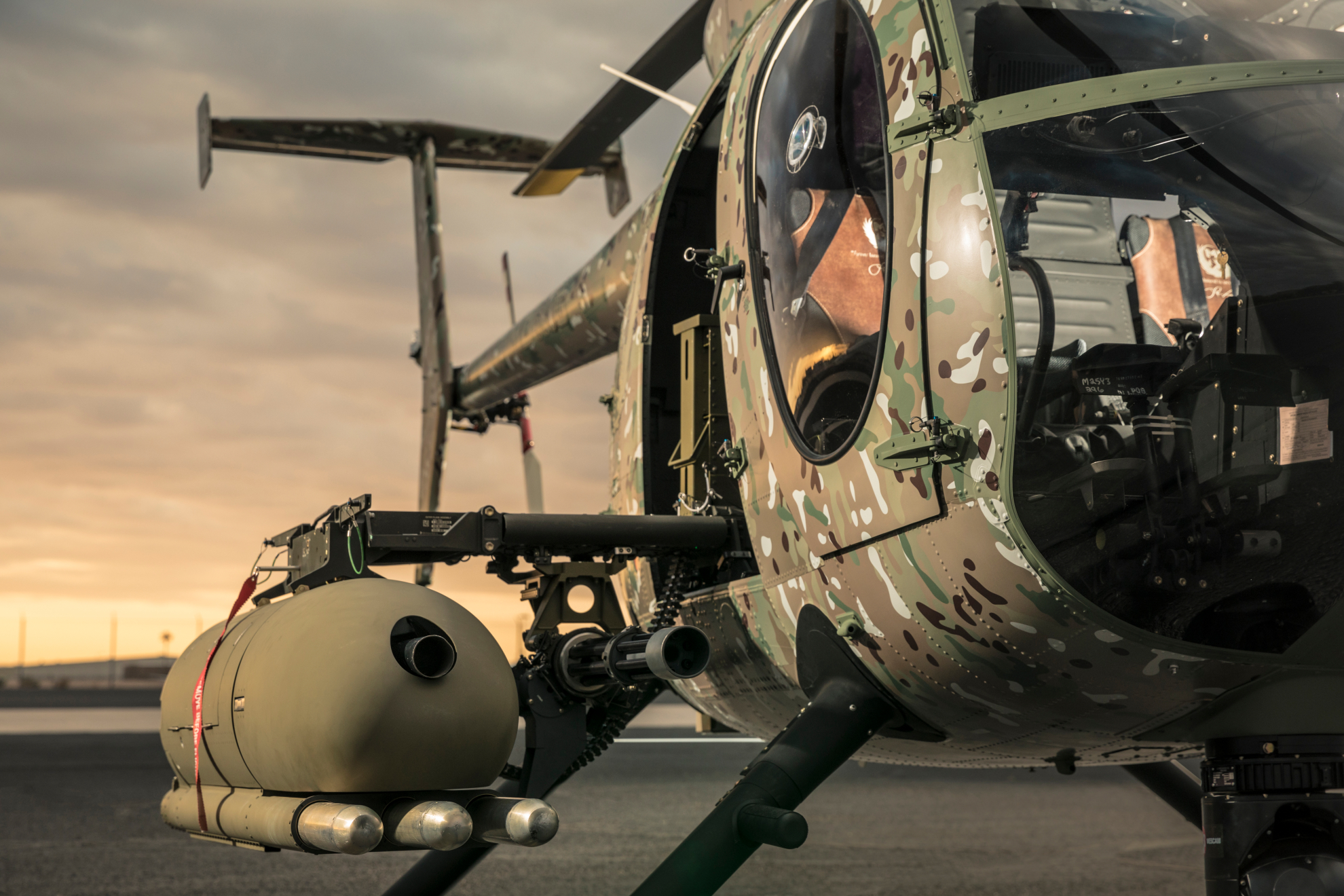
SHAH ALAM: Fight the horde. The Army is set to receive the first batch of MD Helicopters MD530Gs light scout attack helicopter, early next year, it newly appointed head Jen Hasbullah Nawawi said today. He says the helicopters will be received in batches.
He says testing of the helicopters – six ordered in 2015 – will be conducted in the United States. He says the testing could have been done in Malaysia but it will be more expensive.

Speaking after his inaugural speech to the Army today at the Sg Besi camp, Hasbullah says the Army was satisfied with the delivery schedule.
I was told that the testing and qualification of the G-model will be conducted by the manufacturer together with the US Army as the aircraft is the latest variant of the light scout attack helicopter. The previous variant was the F-model in service with the Afghanisatn Air Force.
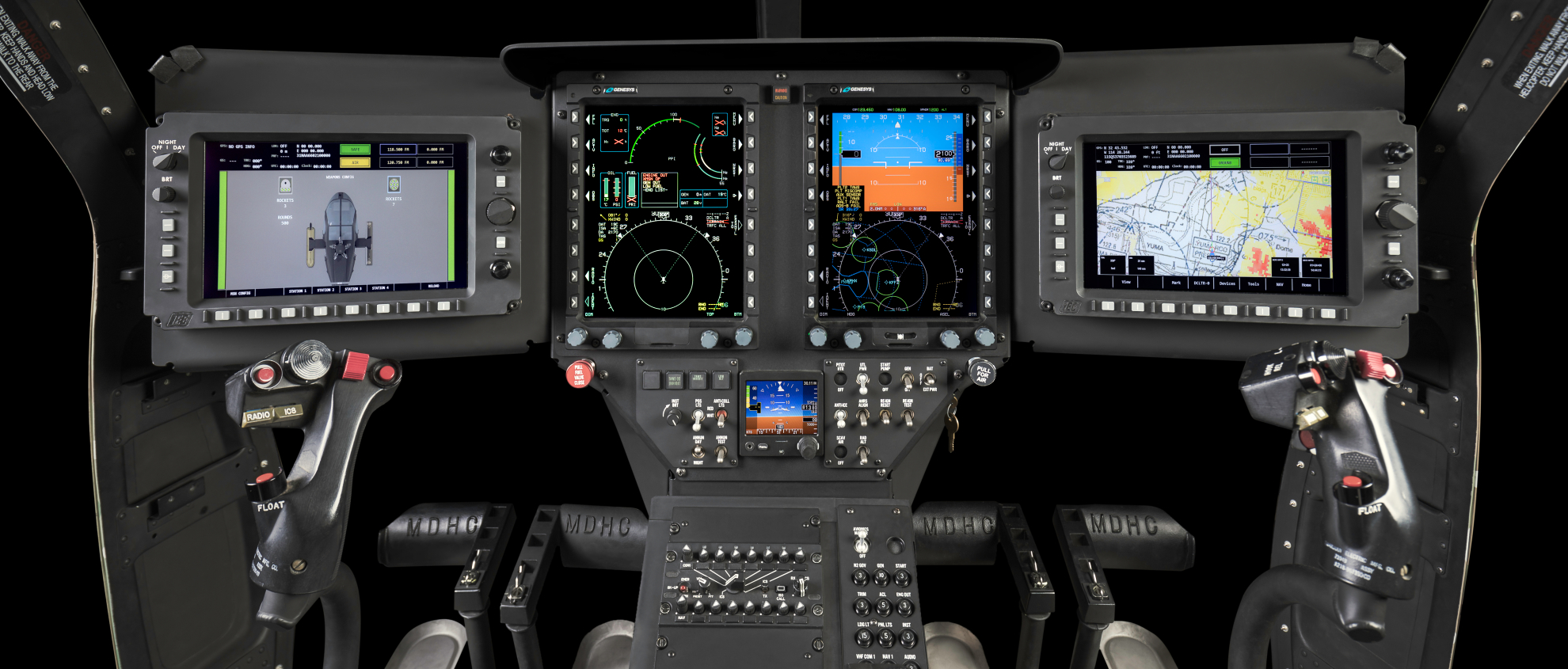
As the US is also supplying the G model to the Lebanese Army the testing and qualifications of the G-model could not come sooner.
Readers of Malaysian Defence however would know that the previous defence minister had stated that the helicopter would have been delivered in late 2016/early 2017. However, all of those proved to be incorrect.
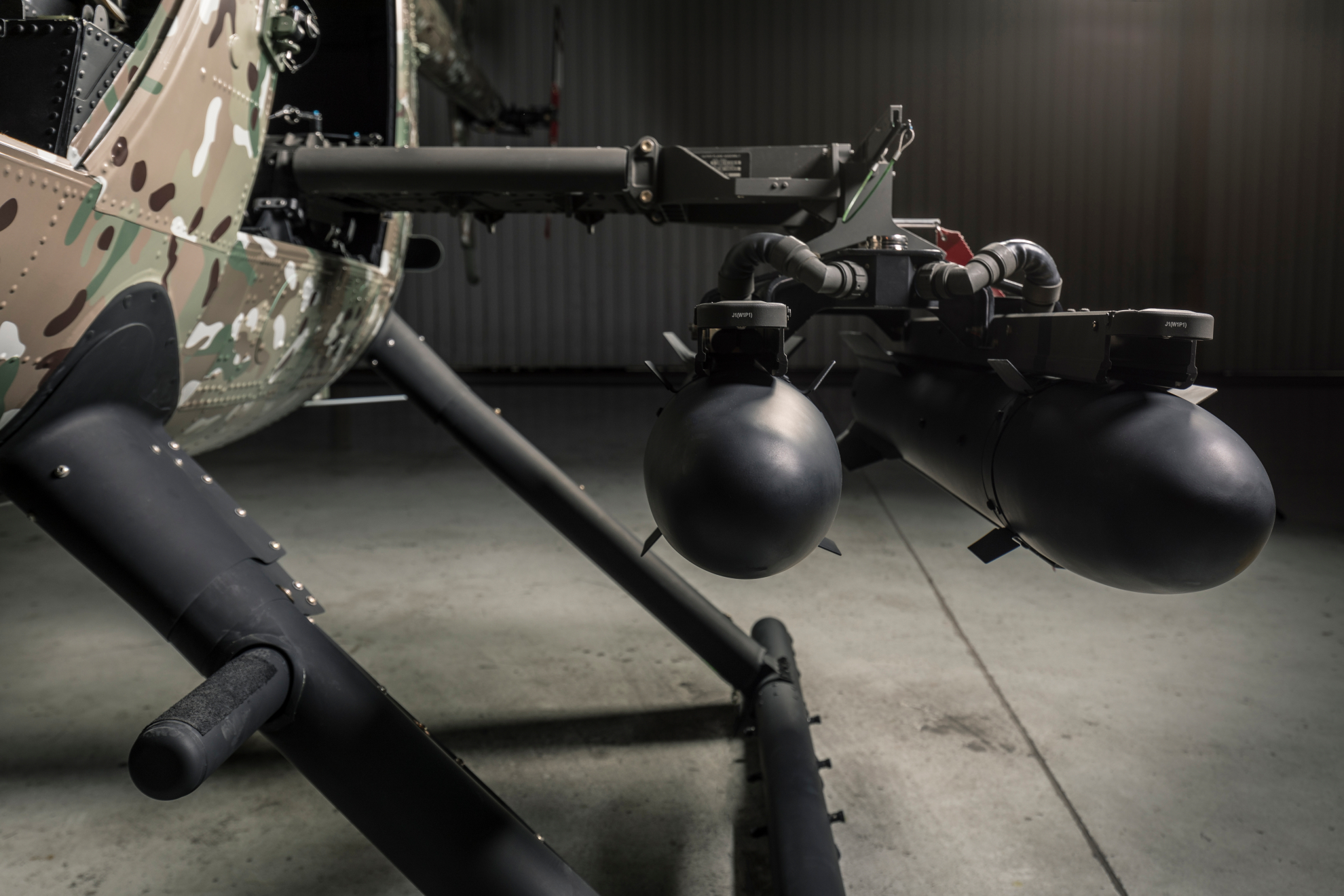
The shifting delivery times of the MD530Gs was the reason I have not posted any updates on the helicopters as I do not want to look foolish. Late last year, I was told that the helicopters will be delivered by mid-2018 by a source which was quickly contradicted by another when I asked for confirmation.
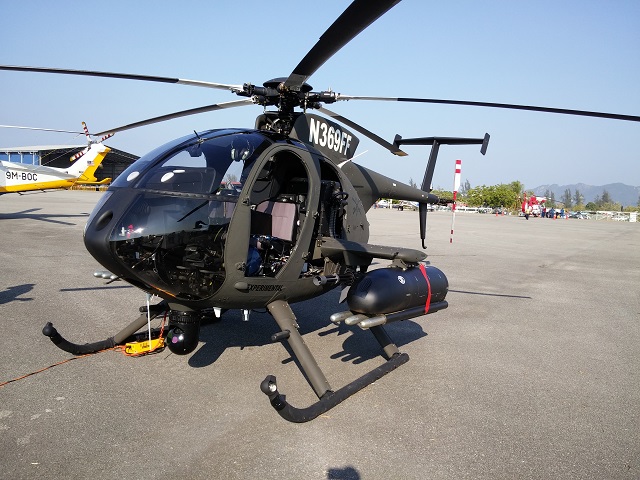
At the Singapore airshow in February, I was told that the Army Air Wing MD530G project team including pilots and maintainers would only be leaving for the United States in late June which meant that the helicopters – at least two – could only be delivered by late 2018 or early 2019. The statement by the Army chief today confirmed my assumptions.
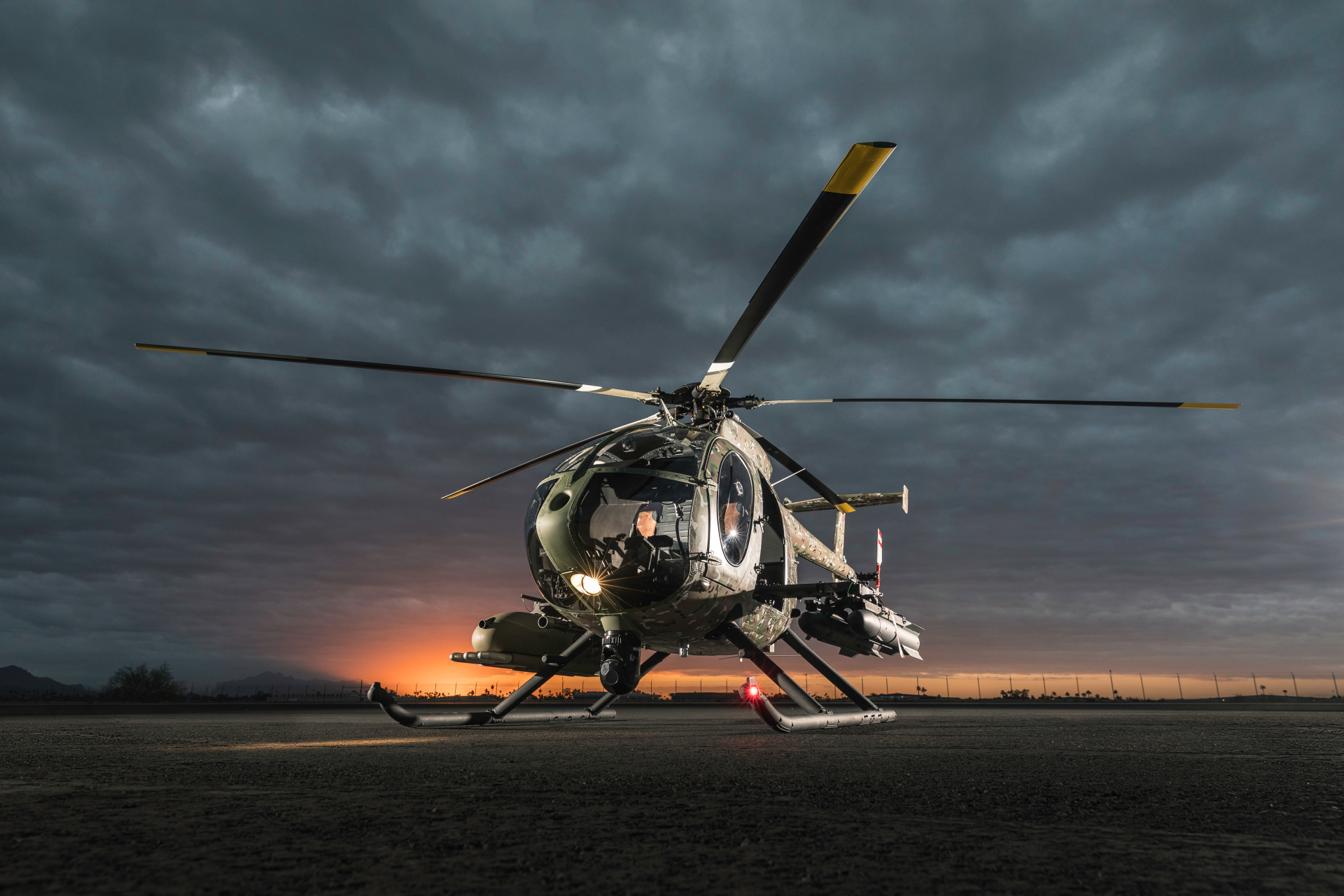
Lets hope the testing and qualifications goes on schedule otherwise the delivery dates will have to be shifted yet again.
— Malaysian Defence
If you like this post, buy me an espresso. Paypal Payment

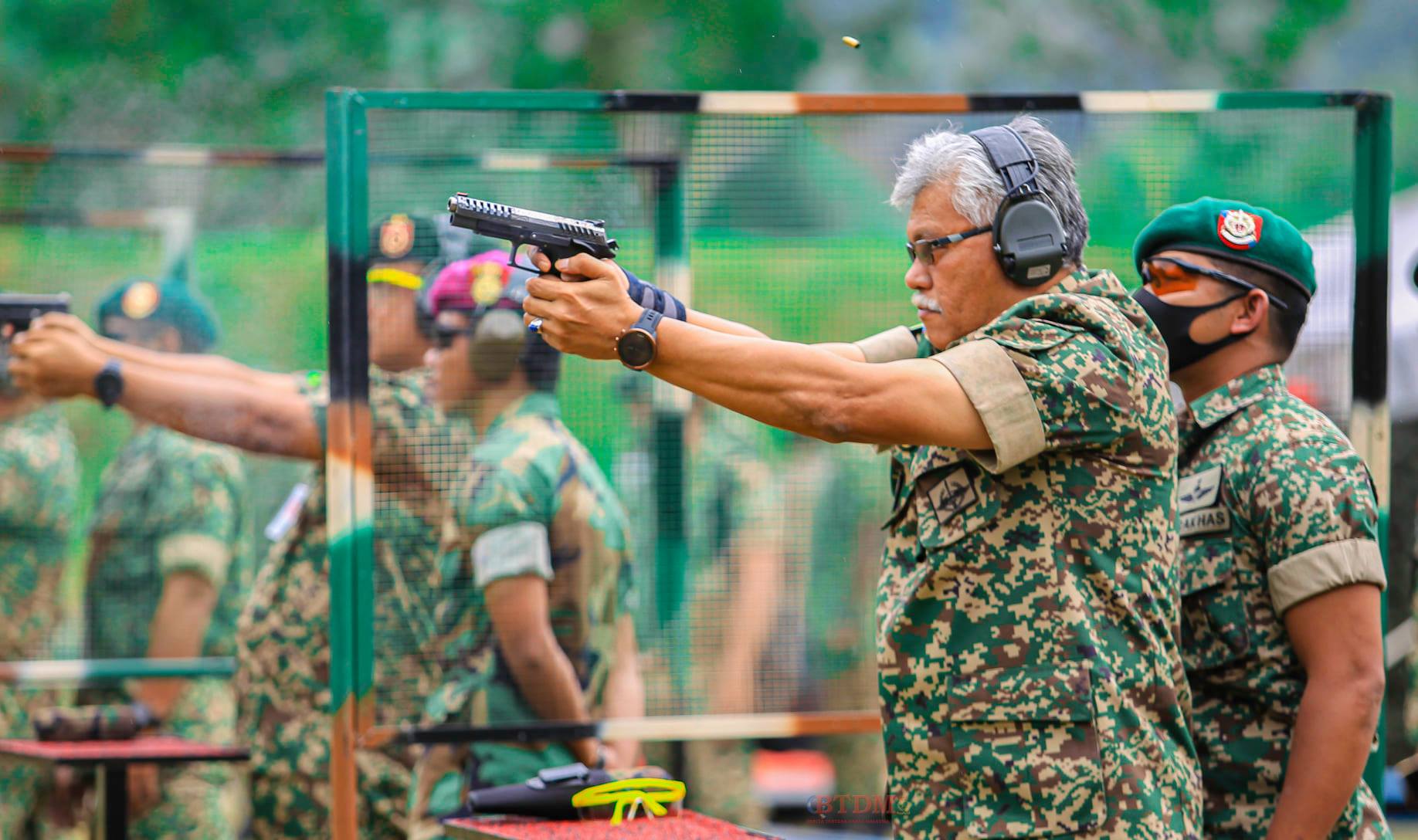
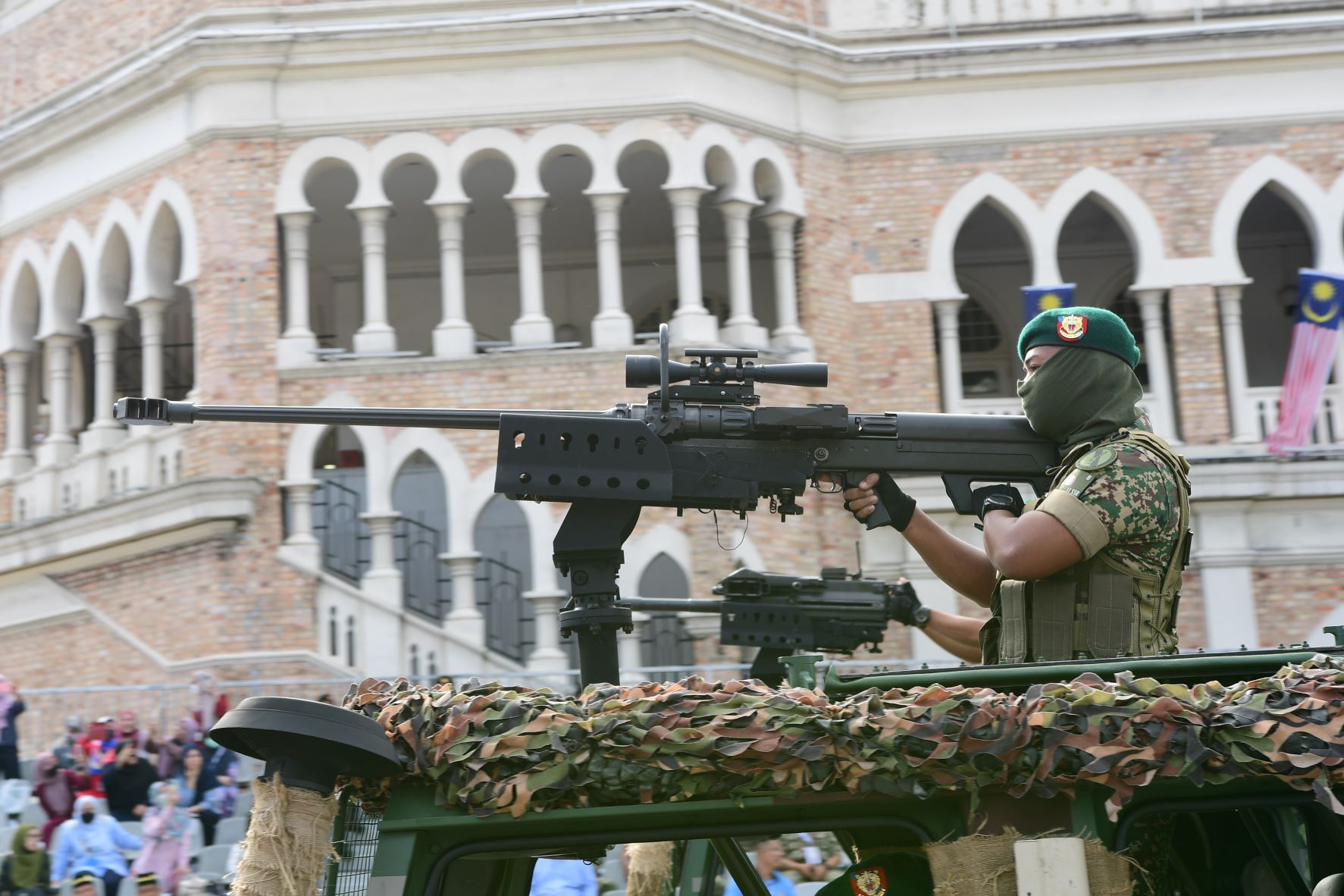
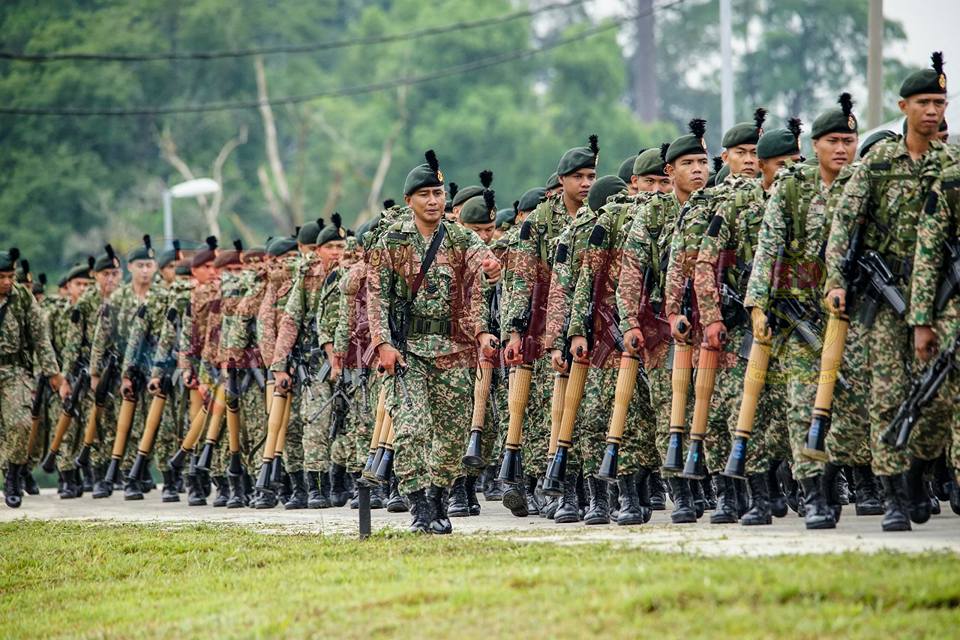
Assuming the Malaysian Army plans to buy Hellfire AT missiles in the future, what is the price for each of them?
Reply
Based on a Google search a Hellfire missile costs $115,000 or RM478,000 each
Early next year ?, ok as long We have LAH for ESSCOM/ESSZONE. But for the SPH Where is gonna be Delivered.
Reply
Likely 2020
any other operator of this G series?
at least now we have even more concrete date. hope no tunda date anymore.
Any idea how much these helicopters cost? Am wondering how their price compares to ‘real’ attack helicopter.
Reply
The contract for the six signed at DSA 2016 was for RM321 million. There was no breakdown of the figures ie for training and weapons, so we are left to divide the six helicopters against the total amount which gives us RM53 million per aircraft. An Apache based on a Google search cost US$35.4 million or RM146 million per aircraft. The figure is likely for a helicopter only and not the whole package. Note when the US first announced the order for eight Apaches for Indonesia, the total cost was pegged at $1.42 billion which include training and weapons. For the eight Apache, Boeing was contracted for $296 million or $37 million per aircraft. The Airbus Tiger costs around $44 to $48 million per aircraft excluding the other things. I am assuming the cost of the TAI T129 Atak helicopter to cost around the Tiger as well due to low numbers ordered, and excluding other things as well.
@Marhalim
While testing in US might save us some money, how does it benefit us? Preferably the choppers are tested and acclimatised in Malaysian weather and humidity. Any issues, the OEM are there to solve it pronto.
If they buy it off at the dry desert terrain in US Army proving grounds, I foresee niggling and “mysterious” problems will bound to happen once they’re shipped and used here, which may require more money spent to fix them. Let’s not be penny wise, pound foolish.
Reply
The problem is no one here has ever done testing and qualifying of a brand new aircraft. This is not just to ensure everything works as advertised but also to prepare the manuals and other engineering stuff. As whether or not it will also work as good as the desert environment we will have the warranty period to sort out all of the stuff
Saudi AH-6i crashed during training.
“Early this morning, a NG AH-6i helicopter crashed at Khashm Al Aan Airfield during a training mission, killing an American instructor pilot and injuring a Saudi student pilot.”
https://mobile.twitter.com/MbKS15/status/1037660828680372225
G2G deal or thru Malaysian Contractor?
Reply
Read the link
Hi Marhalim,
Based on your knowledge I would to know how does MINDEF pays their contractor or supplier. Lets take Halaman Optima as an example based on the RM 321 million for the MD Helicopters or the IAG Guardian from Global Komited.
Do they give advance payment 10% advance then 90% upon final delivery
or
Monthly payment through out the contract period of 12 months, 18 months or 24 moths until up to final delivery.
or
100% payment / One shot payment after delivery of the product.
Appreciate your prompt reply.
Thanks!
Reply
Last one
Dear Joe,
You do not need to test flight an aircraft in situ unless the location has extreme weather. A contract is a contract. If the OEM does not honour the contract it really does not matter where they test it. And operating a machine is a two way commitment. More so if someone chose an unproven variant.
And the truth is this variant is not even certified by DoD. On a legal standpoint, Army will never risk bringing it into malaysia before it is tested and certified.
We need LAHs. Hopefully there’ll be more coming as we won’t buy AHs anytime soon.
@m
I would say our tropical climate is as far harsh as other extreme weather regions. It would definitely play havoc on the reliability of the electronics if the birds weren’t tropicalise, which is why I suggest the OEM buyoff tests to be done here where they birds will be used.
When its unproven, then its even more important that its reliability is proven here & issues solve quickly, and not wait for a crash to happen to find out.
The contract for the six signed at DSA 2016 was for RM321 million. There was no breakdown of the figures ie for training and weapons, so we are left to divide the six helicopters against the total amount which gives us RM53 million per aircraft. An Apache based on a Google search cost US$35.4 million or RM146 million per aircraft. “The figure is likely for a helicopter only and not the whole package. Note when the US first announced the order for eight Apaches for Indonesia, the total cost was pegged at $1.42 billion which include training and weapons. For the eight Apache, Boeing was contracted for $296 million or $37 million per aircraft. The Airbus Tiger costs around $44 to $48 million per aircraft excluding the other things. I am assuming the cost of the TAI T129 Atak helicopter to cost around the Tiger as well due to low numbers ordered, and excluding other things as well.”
Thanks for the breakdowns. I guess these exorbitant prices would mean no “REAL” AH for Malaysia anytime soon. In a weird way, I guess it is a blessing in disguise that we did not rush into adopting the disastrous Tiger (as is highlighted by Australia’s experience), the long-rumored MAF preferred AH… Maybe we can ask the Philippines for some lessons in how to get AH “donated” to us…
Reply
Its not exorbitant its just the cost of building a modern attack helicopter
As … would surely point out there are plenty of Whiskey Cobras available for us to get as excess defense articles from the US, FOC, apart from the money to pay for upgrades, training and ordnance of course. Philippines would have gotten those instead of the older F models from Jordan if not for Duterte…
kerberos – ”For the eight Apache, Boeing was contracted for $296 million or $37 million per aircraft. The Airbus Tiger costs around $44 to $48 million per aircraft excluding the other things.”
What do you expect? As stuff gets more sophisticated and has more electronics/computers and other high tech stuff they get more expensive. They also become more expensive to maintain and require much more highly trained or skilled support personnel. Of course one can get retired Cobras or Hinds with minimal upgrades but one gets what one pays for.
kerberos – ” Maybe we can ask the Philippines for some lessons in how to get AH “donated” to us…”
The PAF is more underfunded and has a greater, more urgent need for helis – the country is an archipelago [many areas with poor access] and faces various non state threats. Also, we can’t take the Aussie experience as a lesson because there were factors unique to the deal that played a part in the issues encountered. Of course as a rule, one should always avoid buying anything that is still ”new” or not yet ”matured”. We did this with the A400M and were lucky to avoid any major teething issues – it helped that the OEM was Airbus and other customers included Tier 1 air arms. The Aussies by the way ordered their F-111s in the early 1960’s way before it fully matured and later designed from scratch a sub to meet their specific requirements.
joe – ”our tropical climate is as far harsh as other extreme weather regions. It would definitely play havoc on the reliability of the electronics if the birds weren’t tropicalise”
There is only so much ‘tropicalisation’ that can be done. Even in Europe and the U.S. humidity can be an issue. We do make use of portable humidifiers and try to store gear in ways recommended by the OEM but again, there is only so much that can be done; especially when stuff is deployed away from bases.